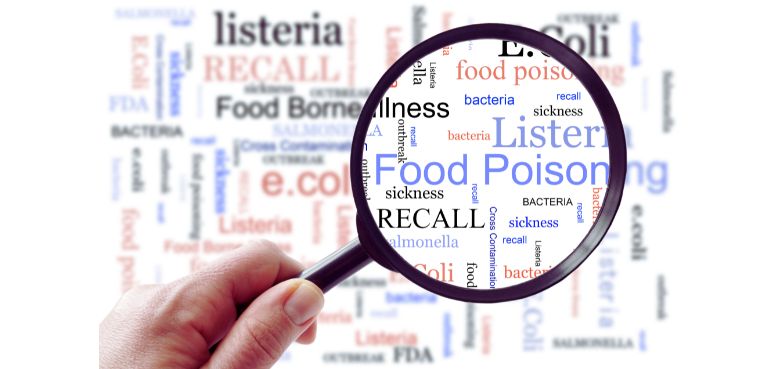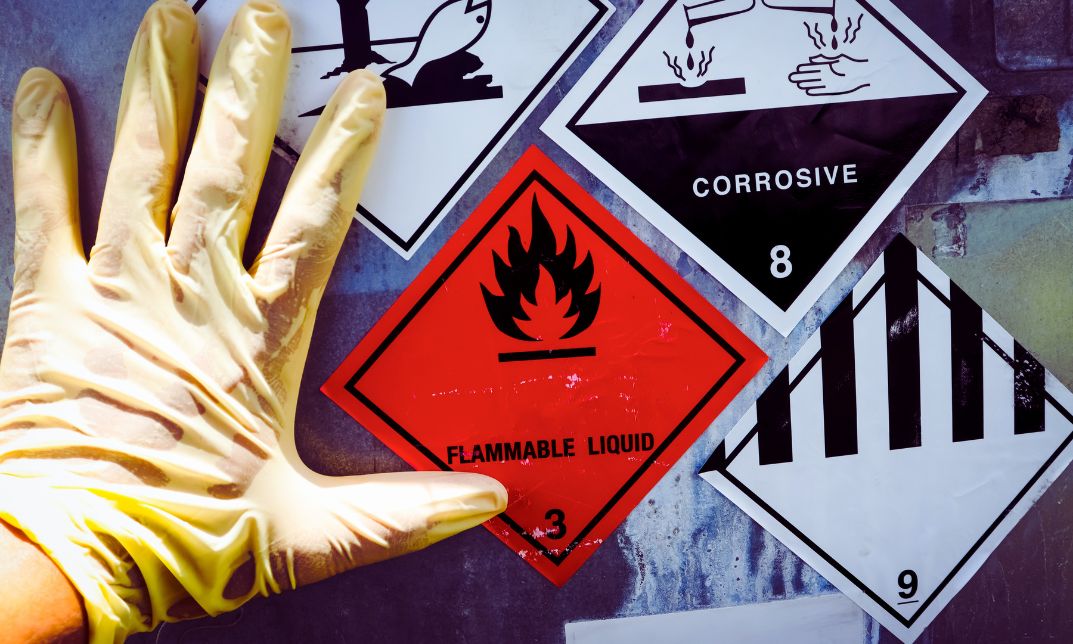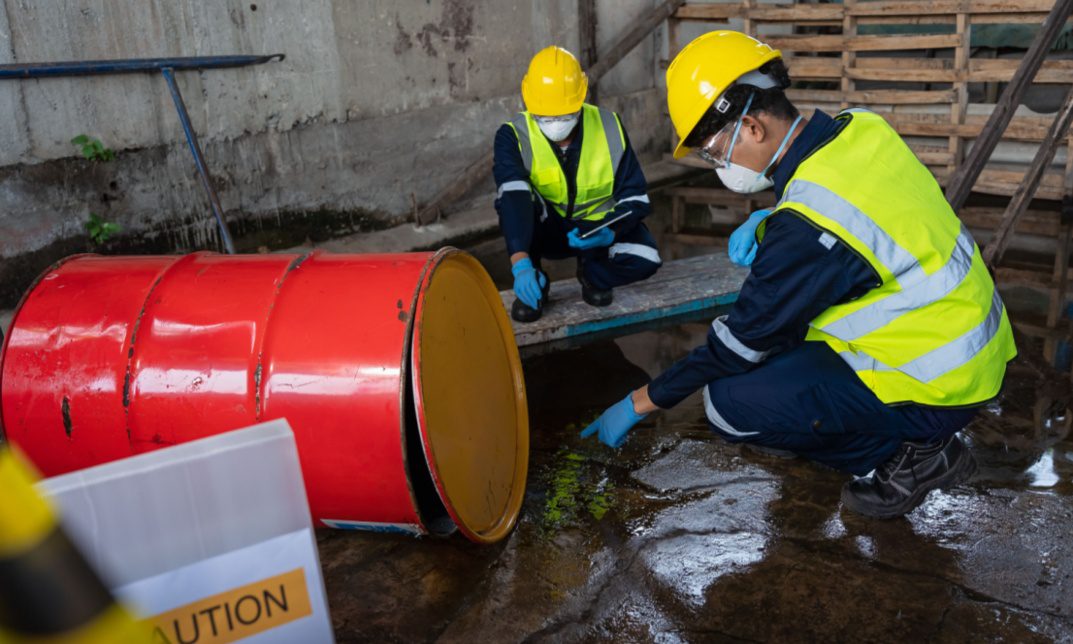No products in the basket.
Every time we sit down to eat, we quietly trust all the people who handled our food. Whether the meal came from our own stove, a local café, a street-cart cook, or a vending-machine snack, we seldom stop to think about hidden dangers. Yet why food safety and hygiene is important becomes clear when someone forgets to wash their hands, stores raw meat above ready-to-eat items, or reheats rice the wrong way—tiny lapses that invite harmful germs, cause food poisoning, and can lead to serious health problems.
Why Food Safety and Hygiene Is Important
Food safety and cleanliness go far beyond one plate of pasta or a quick lunch. First, they keep families healthy, protect kids whose bodies are still growing, and guard older people who may be weaker. Next, when cafes, corner shops, and big restaurants follow strong rules, they build public trust, bring back happy customers, and keep local jobs alive. Finally, good food-safety plans lower the load on hospitals that would have to treat outbreaks, saving public money and health resources.

What Is Food Hygiene?
Food hygiene means the habits, rules, and checks that keep food clean, safe, and pleasant to eat. At its heart, food hygiene stands on three main ideas:
- Personal Cleanliness – Cooks must wash their hands for at least twenty seconds with soap and warm water, wear clean aprons, tie back their hair, and cover cuts.
- Clean Work Areas and Tools – Counters, cutting boards, knives, and trays need regular washing, sanitising, and air-drying to remove grease and hidden germs.
- Safe Storage and Cooking – Raw meat belongs on the lowest fridge shelf so juices cannot drip down. Foods must reach a safe internal heat level (for example, 75 °C for chicken) and cool quickly.
When these simple but firm habits work together, they stop bacteria such as Salmonella, E. coli, and Campylobacter. If cooks skip steps—say, leaving potato salad out for hours or not sanitising a board—germs can grow fast. As a result, diners may face vomiting, dehydration, or worse.
How Hygiene Protects People at Risk
Babies, pregnant women, seniors, and people on chemo have weaker body defences. Therefore, they react more badly to food bugs. Listeria, for instance, may cause mild flu-like signs in a healthy adult, yet cause miscarriage or meningitis in a newborn. By keeping strict rules in every kitchen, we protect those who cannot protect themselves.
The Risks of Poor Food Hygiene
Food safety is not only about avoiding a short tummy ache. Bad habits can spark nationwide recalls, shut businesses, and cause long-term health harm. Below are five key risks that show why food safety and hygiene is important:
- Food Poisoning – Bad bacteria, viruses, and worms cause strong stomach cramps, fever, and dehydration. Some kinds of E. coli can lead to kidney failure in kids.
- Cross-Contamination – Using one knife for raw chicken and salad without washing it can pass dangerous germs to the salad.
- Allergic Reactions – If a kitchen does not keep tools for peanuts separate, diners with nut allergies may experience a fast drop in blood pressure and closed airways.
- Pest Problems – Flies, cockroaches, and rats leave droppings full of germs. Once pests arrive, they breed fast, turning kitchens into risky places.
- Money Loss – Spoiled stock forces owners to throw away food. Big outbreaks can bring fines and court costs that wipe out savings.
Who Is Responsible for Food Hygiene?
In truth, everyone who handles food has a part, from farmers and drivers to chefs, servers, and home cooks. In many lands, health officers drop by without warning and give hygiene scores from 0 to 5. A “5” tells customers the place follows best practices, keeps clear heat logs, and trains staff. A “0” means big fixes are needed, and the shop may close until it improves.
For diners, these scores act like traffic lights: green for go, red for caution. For owners, a high score lifts their name, while a low score can push diners away at once.
Ten Easy Tips for Safe Food at Home
- Wash Hands Often – Use soap and warm water before cooking, after touching raw meat, or after sneezing. Dry hands on clean paper towels, not a shared cloth.
- Separate Raw from Cooked – Keep raw meat in sealed boxes on the fridge’s bottom shelf. Use colour-coded boards—red for meat, green for fruit and veg.
- Cook Well – Put a food thermometer in the thickest part of the chicken; wait until it shows 75 °C. Heat leftovers to at least 70 °C and stir to kill cold spots.
- Cool Fast – Chill perishable food within two hours (one hour if the room is over 30 °C). Split big soup pots into shallow pans so they cool quickly.
- Reheat Only Once – Each reheat gives germs more time to grow. So, reheat only what you will eat.
- Use Safe Water – If tap water may be unsafe, boil it for one minute or use bottled water to wash produce.
- Check Dates – “Use by” dates show safety, while “best before” links to quality. Do not eat food past its “use by” date.
- Clean as You Cook – Wipe spills right away, wash knives often, and empty the bin daily.
- Thaw Safely – Defrost frozen meat in the fridge or microwave, not on the counter, so the outside does not sit in the danger zone (5–60 °C).
- Stay Alert – Sign up for local recall alerts; throw out any product on the list, even if it looks fine.
The Importance of Clean Kitchens and Tools
A clean kitchen matters as much as safe ingredients. Germs live on steel for hours and on wood even longer, so daily cleaning is a must.
- Wipe Surfaces – Spray with an antibacterial cleaner. Wait for the stated time; then rinse.
- Wash Tools Well – Scrub in hot water and soap, rinse, and air-dry. Wash clothes hot or use one-time paper towels.
- Clean Spills Now – Sugary spills feed germs and draw ants. Mop them up at once.
- Disinfect Sinks – Once a week, pour boiling water down the drain, then add baking soda and vinegar to cut grease and smells.
- Handle Rubbish – Use bins with lids, line them, and wash them weekly with cleaner.
A Quick Look at Global Food Safety Rules
The World Health Organisation lists five key steps: stay clean, keep raw and cooked foods apart, cook well, keep food cold or hot, and use safe water and fresh goods. The Codex Alimentarius is a rule book that many countries turn into law, helping food trade move smoothly.
Many exporters follow HACCP, a plan that spots likely dangers, sets safe limits (like a fridge at 4 °C or below), and records each check. If a box of frozen prawns arrives warm, the log shows when the cold chain broke.

Conclusion
Food safety and cleanliness are the backbone of public health, business success, and personal well-being, and they show why food safety and hygiene are important for everyone. Without them, meals become vehicles for sickness, and trust in the food chain breaks down fast. But by washing hands, cooking food to the right heat, storing items properly, and keeping kitchens clean, we cut risks to near zero. Businesses that lead in hygiene win loyal customers and glowing reviews.
Whether you pack school lunches, plate fine meals, or grill street kebabs, remember: every safe bite starts with clean hands and steady habits.
Enrol in our Level 2 Food Hygiene and Safety Course to learn more about food safety and hygiene.
Frequently Asked Questions (FAQs)
1. What is the difference between food hygiene and food safety?
Food hygiene keeps food clean and germ-free, while food safety includes all steps—storage, cooking, cooling, and transport—that stop illness.
2. How often should kitchen surfaces be cleaned?
After each task, cut raw chicken? Clean the board before slicing bread. Make salad? Wipe the counter before dessert prep.
3. Can food-hygiene ratings change?
Yes. Inspectors return often. Owners who fix problems, like cracked tiles or a broken fridge, can earn higher scores.
4. Do I need to wash fruit and vegetables before eating?
Yes. Washing takes off soil, spray residue, and germs on skin or leaves.
5. What happens if a food business fails inspection?
Officials can warn, fine, or close the place until hazards are fixed. Repeated breaks may lead to court.
6. Is it safe to refreeze meat that has thawed?
If raw meat still has ice crystals and has stayed under 5 °C, you can refreeze it once. Else, cook it first and freeze the cooked meat.
7. How long can leftovers sit out before going into the fridge?
Two hours in cool weather; one hour if above 30 °C.
8. Are dish sponges safe to use?
Sponges hold germs. Soak them in boiling water or microwave one minute each day, and change weekly.





